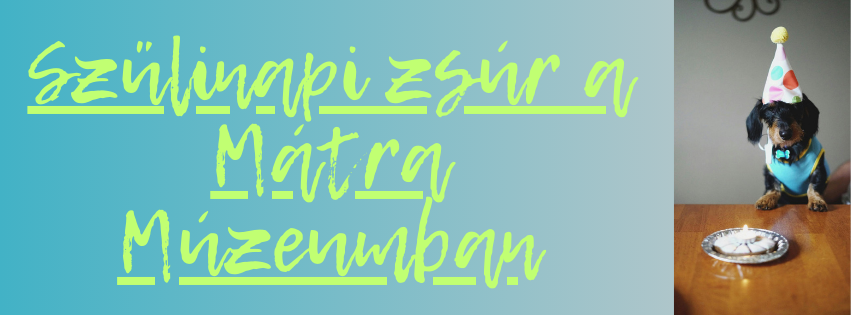
The Vertebrate Collection, with more than 40,000 specimens, is one of the largest collections of the Mátra Museum of the Hungarian Natural History Museum. It mostly comprises birds, bird eggs and amphibians and reptiles preserved in alcohol. The collection of mammals is small. Most of the specimens were collected within the boundaries of Hungary. The collection of amphibians and reptiles represents mostly the north-eastern part of Hungary. Due to the focus on birds of prey of the long active former curator, Mr. Béla Solti, the collection of raptors is significant.
Staff:
Curator: Babocsay Gergely, Phd
Notable parts of the Collection
Bird egg collection of Márton Németh
The egg collection purchased from Márton Németh (1910–1986) contains more than 30,000 eggs from 6000 clutches of 246 wild species of bird. In addition, in a small number eggs derive from captive and domesticated birds. Most of the eggs were collected in Hungary, but there are clutches also from 27 other countries of Europe and the Middle East. The catalogue of the eggs has been published by Béla Solti in Hungarian with a short English abstract: download PDF
Bird collection of Imre Pátkai
The private collection of birds of Imre Pátkai (1916–2003), the former director of the Hungarian Ornithological Institute was purchased in 1982. It comprises 859 specimens of 224 species. Most of the material was collected before 1940 therefore it contains a large number of individuals of species that are considered rare today.
Bird collection of Prof. José Hidasi
In 1987 and 1988, Prof. José Hidasi, an ornithologist of Hungarian origin, donated 186 birds from Brazil to the Museum. The collection comprises 121 species and subspecies from 90 genera and 33 families.
A description of the collection has been published by Béla Solti in Hungarian with an English abstract: download PDF
Search
There is no electronic database of the Vertebrate Collection yet. Collection data are available at the Collection.
Access
The collection is not open to the public, but persons who express interest in Vertebrates may arrange a visit by contacting the curator.
Requests for loans should be addressed to the curator.
Permission for research in the collection can be requested at least three days before the scheduled visit.




